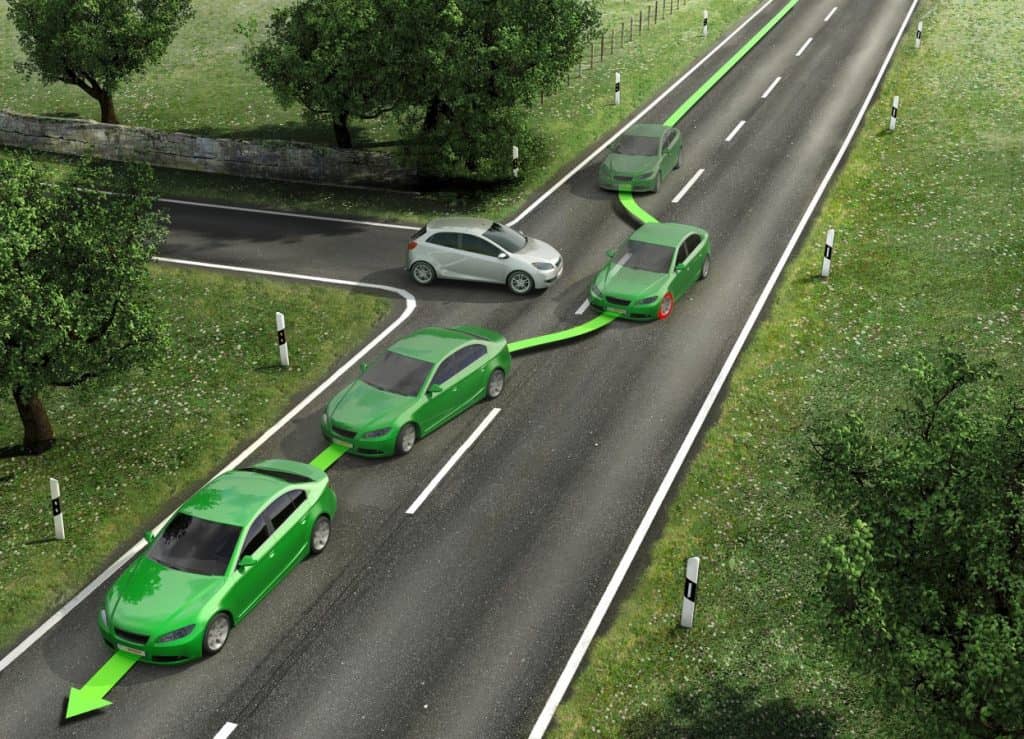 Bosch published the results of study that calls the connected car in 2025 that saves lives and prevents accidents: a super hero. Bosch and Prognos research institute looked into the future and assessed what connected vehicles will be able to do using ADAS technologies. The study looked at:
Bosch published the results of study that calls the connected car in 2025 that saves lives and prevents accidents: a super hero. Bosch and Prognos research institute looked into the future and assessed what connected vehicles will be able to do using ADAS technologies. The study looked at:
- Community-based parking.
- Active parking lot management
- Automated valet parking
- Adaptive Cruise Control
- Predictive emergency braking systems
- Lane-keeping support
- Highly automated driving
- Cloud-based wrong way driver warning
- Electronic stability program
The study found that by 2025, the implications of connectivity will have noticeable effects on every driver.
Connected parking technologies could save 480 million kilometers in driving distance (the same distance as going from the Earth to Venus and back again). For example, while searching for parking, cars can report available spots and guide drivers directly to them. On average, car drivers in Germany currently travel one kilometer for each parking search – thus causing additional traffic congestion and emissions
Connected assistance systems will save up to 4.43 billion euros in material costs and collision damage. Of the 450 million euros saved in Germany (U.S.: 3.6 billion dollars, China: 380 million dollars), 100 million euros are due to smartphone integration alone. This means major savings for insurance companies and, in turn, the wallets of every single vehicle owner.
For people in Germany who drive a lot, automated driving can free up 95 hours a year – enough time for a leisurely marathon of all planned eight seasons of “Game of Thrones.”
Germany’s national park in the Black Forest can process 400,000 metric tons of CO2 over three years – the same amount that connected mobility functions will be able to save in 2025. How is that possible? Highly automated vehicles require less fuel, and technologies for simplifying the parking search cut down on traffic and the resultant emissions.
In 2025, connected assistance systems could save 11,000 lives, 300 of them in Germany (U.S.: 4,000, China: 7,000). Besides that, a total of more than 260,000 accidents that result in injuries (Germany: 30,000, U.S.: 210,000, China: 20,000) can be avoided each year – equal to the number of accidents that happen in Berlin over a two-year period.
Bosch and Prognos assessed a total of twelve technologies for private passenger transport and how widespread they are, before projecting the resulting effects in Germany and the U.S., as well as in major cities in China, by 2025. The model is based on international statistics on development of the vehicle fleet, accident data, and current research, as well as on estimates by experts at Bosch and Prognos.